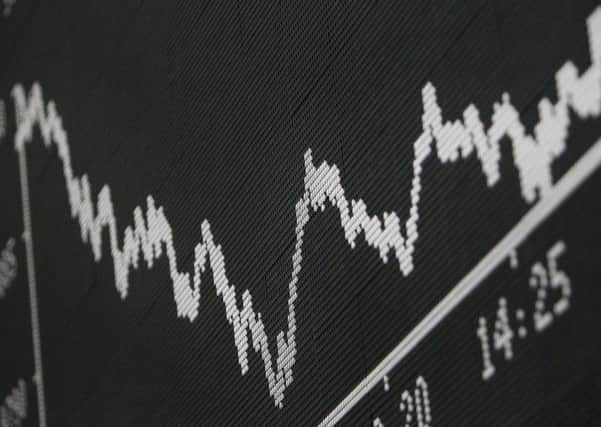Bill Jamieson: Investors tap dancing on Vesuvius


Considering that he made his first investment in 1967, that’s quite a statement. Can he really have lived such a sheltered life as a stock picker? Having followed stock markets since 1972, I can honestly say that every year since then has been the most difficult period for investment that I have ever known. Even in seemingly quiescent periods there is the whiff of sulphur and the tell-tale rising smoke of a volcano on the brink of eruption.
However, Mr Baillie has a point. For the past six years we have watched the price of almost all assets going up against a backcloth of “emergency” ultra-low interest rates and successive rounds of central bank quantitative easing. Investors, in effect, have been invited to set out on the crust of this smoking volcano. And as interest rates have stayed low and yields on fixed interest cut to derisory levels, we have been lured out further to the centre in the search for investment returns. If we accept that today’s zero return on cash is a distortion, says Baillie, then those who lose out are likely to take on more risk than they would naturally do. And the longer this “safe but sulphurous” period has prevailed, the further risk we have absorbed. We are tap dancing on Vesuvius – moving from barely rewarding government stocks to high yielding bonds, and ever onwards towards higher yielding stock market shares and trusts.
Advertisement
Hide AdAdvertisement
Hide AdWe have talked ourselves into believing that those higher yielding shares – utilities, tobaccos, natural resource and pharma stocks – are somehow more safe and reliable than lower yielding equities. In this we have turned a blind eye to two warnings. We too easily forget that the dividend paid on a share, unlike a contractual obligation by a sovereign government, is a discretionary payment by a company that can be cut or passed.
And we have become complacent that the world and its proverbial partner of choice has also piled in massively to these same “defensive” and “safer” sectors. The result is that many income orientated investment trusts are standing at a premium to their net assets. And that many of the underlying shares offering yields that in normal times would be seen as a warning signal of an imminent dividend cut appears of little moment.
Better, surely, Baillie argues, that we turn away from high yield chasing and widen our low yield tolerance, selecting investments with an eye to growth performance beyond the current slowdown. But the lure of high yield has grown the longer the era of ultra-low interest rates has continued. We derive a strange comfort in its sustained, eerie normality. And this lure of the “new normal” continues, even though global growth has slowed and the risks of an emerging market debt blow-up have intensified.
In the past two weeks we have seen the European Central Bank hint at more quantitative easing and a marked backtracking from those firm expectations that both the US Federal Reserve and our own Bank of England were poised to raise rates in the near future. Indeed, there is now talk that interest rates here may remain unchanged until the end of 2016. And the signals from bond markets indicate an even longer trek across the surface of the smoking volcano.
In the US the five-year “breakeven inflation rate – the gap between the yield on conventional government bonds and inflation proofed Treasury yields – has fallen to 1.2 per cent, close to its lowest level since May 2008. This implies that markets expect the Federal Reserve to consistently fail to meet its target of 2 per cent inflation over the next five years. And EY Item Club’s Martin Beck sees a similar story here. “The path back to the MPC’s 2 per cent target”, he writes, “looks as though it is going to be a slow one.”
Now for many, this may signal that a new low interest rate, non-inflationary era has set in, one less vulnerable to recession, and this surely must be good for equities. But Investors Chronicle guru Chris Dillow reminds us that history does not bear out this sanguine view.
Between 1831 and 1914, he points out, the UK enjoyed price stability. Inflation averaged zero over this period. But the volatility of real GDP growth was higher than it has been in the inflationary post-war era, with the result that recessions were more common. “In the 83 years from 1831 to 1914”, he writes, “GDP fell in 16 of them – that’s 19 per cent. But in the 67 inflationary years, from 1948 to 2014, there were only nine years of recession – 13 per cent. The greater risk of recession means there’s more risk of falling earnings and increasing risk aversion and hence more danger for equities.”
As with previous eras, the bigger risk investors face is not so much the ones readily perceived – but the ones that are not. That is why what looks a “safe” sector now may prove to be the more vulnerable.